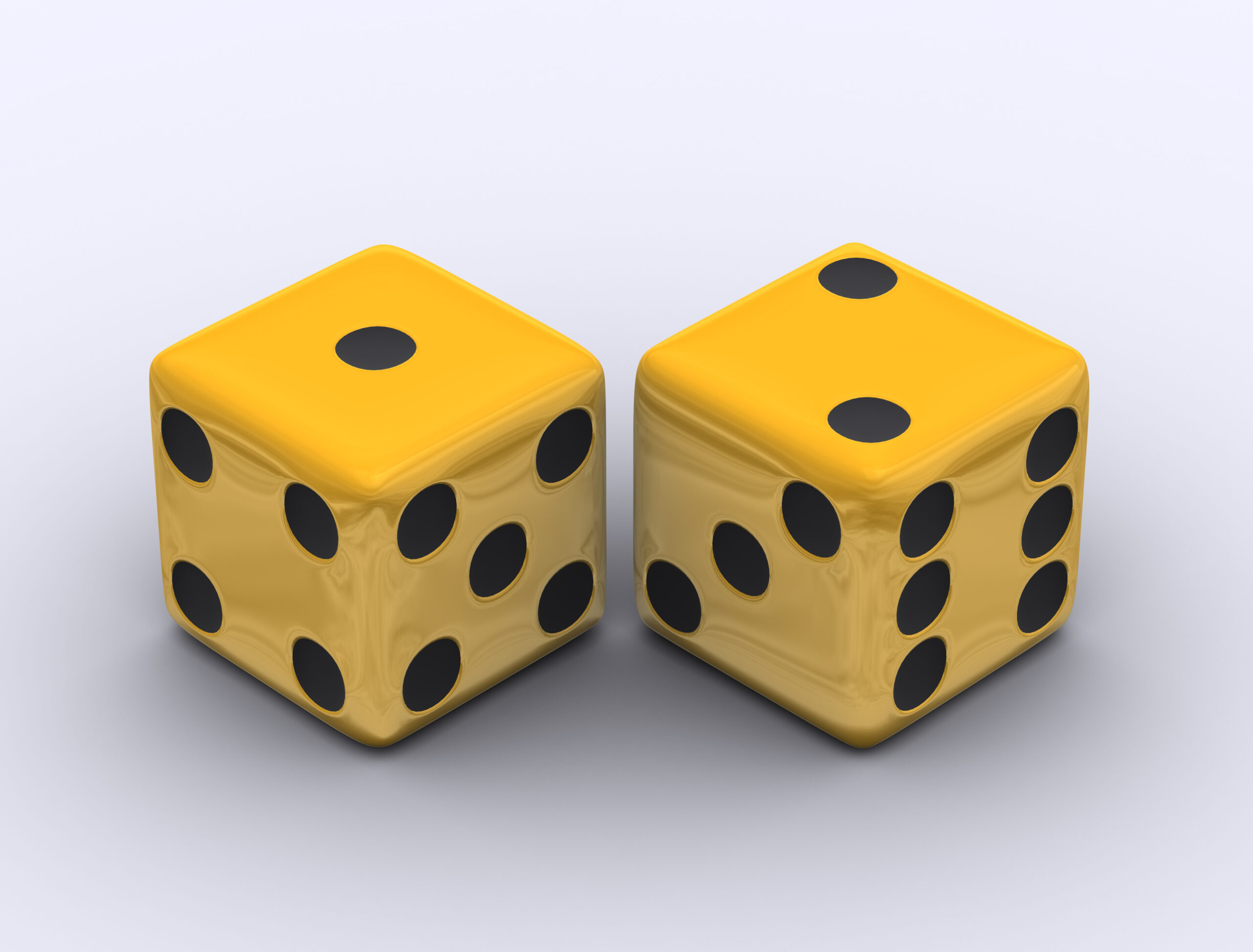In what I believe to be a first, we have a client whose largest shareholder is a proprietary trader.
And the position is comprised of put and call options. The firm, Jane Street, is the largest market-maker in Exchange Traded Funds (ETFs).
Proprietary traders like Jane Street use their own capital and tend to hold positions fleetingly – like 400 milliseconds. Blink of an eye. They have long avoided cash settlement by ending the day at zero. That is, they trade all day and quit into the close.
Back in the mid-2000s, pioneering prop trader Getco would trade billions of shares each month and own maybe $100 million in 13Fs. There’s a book called Die With Zero (a good read and a compelling thesis). This is Trade To Zero.

Times are changing. Jane Street is joined in the 25 largest holders of US equities by Susquehanna and Citadel, the leading market makers in options and equities respectively.
We see it in patterns. Sometimes Fast Trading footprints span days. It happened in the market’s swoon from options-expirations in February (around the 19th) into early March, before the pattern was interrupted by ETFs.
Take these instances:
-Apr 4-14 when the market rocked and rolled and we thought The End Times might be at hand, Fast Trading patterns dominated SPY, the State Street ETF tracking the S&P 500.
–In SPY from Jan 2 through Apr 8 as the market fell into bear territory, Fast Trading was 52% of SPY volume, Passive money about 20%, Active money about 10%, derivatives trades roughly 17%.
–Between Apr 9-Jun 9, as the market gained 20%, Fast Trading was 55% of volume. Active money and derivatives were unchanged. Passive money fell to 18% of volume.
A statistical fact about the stock market that any of you who have heard our Proactive Passive Strategy know: Passives are the lone NET buyer of US equities — the only constituency buying more than selling.
Doesn’t mean stock-pickers don’t buy or sell. Does mean that as a constituency, they’re selling $300-$500 billion each year. Passives are buying the same amount. Look at your 13Fs.
And put the two data sets together.
If Passive flows weakened as stocks rose, it can only mean that investors have committed less capital to the market on the way up than they withdrew on the way down.
And get this. Short Volume from Jan 2-Apr 8 in SPY averaged 51.3% of volume. From Apr 9-Jun 9, it averaged 55.8%.
What? Higher as stocks rose than when they fell? Yes. And SPY trades 60 million shares daily (200D average), 700,000 times per day, $35 billion per day. More of that is short than long.
Market-makers engaged in what regulators call a “two-sided market” – buying and selling – don’t have to locate shares to short. They manufacture currency called equities. Like the Federal Reserve, as I’ve said before.
Recall the Sherlock Holmes adage? Eliminate the impossible, said Arthur Conan Doyle’s fictional detective, and what remains, no matter how improbable, is your answer.
Proprietary high-speed traders are controlling the stock market.
Whoa.
Wait, you say. How do you know your data are right?
We’ve been doing it 20 years. We’re experts. We measure the same behaviors the same way, without respect to volume or price. The changes I’ve described have happened.
The data say machines are trading with each other and lifting the market.
Machines have long set prices, long dominated volume. The marketplace the SEC crafted under Reg NMS is designed to facilitate an immense continuous auction: Everything, always for sale, everywhere, all the time.
That is a condition that does not exist in nature – save that God always exists. Well, 100 shares of all Reg NMS stocks always exist at the bid or offer in the US stock market. In that sense the bid and offer are eternal.
Machines have demonstrated in this dramatic period of the fall and rise of US equities that they are capable of controlling stocks to the exclusion of other behaviors.
It’s not that other behaviors weren’t present. They just didn’t lead. I suggest, issuers, you net your buyers and sellers in the first quarter. Does it amount to five days of volume?
Left to their own devices, machines run prices up, not down, because they cross the spread between the bid and offer and the offer is always higher. In a machine market, bids always climb toward offers.
Doom is the opposite. When there are outflows, the gap between the bid and offer widens and volatility explodes and stocks tank.
Machines – ironically since we think the rise of the machines is bad – loathe falling demand. I find it fascinating. It suggests the stock market has as its chief valuation metric, at least in 2025 so far, the probability of calculable spreads and value at risk.
Not earnings multiples.
I don’t know precisely what that means for markets, but I have a pretty good idea. It’s not oblivion (Tom Cruise movie from 2013 that we just watched) but reckoning.
Public companies, you need to equip yourselves for this market. We can help. Same for you, investors. We have the only market-structure decision-support platform. You need it (join our next live Discussion).




